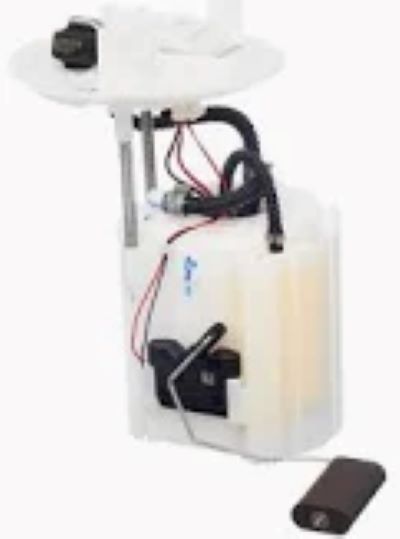In simple terms, an overloaded fuel pump means it is working harder than it is designed to; in most cases, this operation results in overheating, increased wear and tear, and sometimes the complete failure of the component. Normally, fuel pumps are rated in terms of their pressure output-approximately 40-60 PSI for standard vehicles. Making them go out of the range, mostly due to clogged filters or fuel line blockages, they work harder than usual to pump fuel, increasing the internal temperature inside in the process. The operational overload of fuel pumps reduces service life by up to 20% in some conditions, which is caused by overloading.
Overheating is a major concern due to overload as the fuel pumps rely on fuel as a coolant. If an overload pump is constantly subjected to high temperature, then it might burn out the motor as normally fuel levels are not satisfactory enough. The mechanics complain that many of the pumps with long overloads may terminate before 10,000 to 20,000 miles where many of them still have 100,000-mile average lifespan resulting in early replacement costs with possible unfavorable consequence on the performance of the engine.

Other common issues with an overloaded pump include fuel pressure inconsistencies. Every time the pressure fluctuates, it changes the air-fuel mixture of the engine, which is usually lean. The outcome of such an imbalance could be misfire, loss of power, and consumption of more fuel. It shows to the driver as reduced MPG or stall-outs, especially when accelerating uphill, since the pump cannot keep up a good, consistent fuel delivery under load.
The electrical components are even more in danger at this overload, since drawing higher amperage draws extra loads on the wiring of the vehicle and on the fuel pump relay. In these extreme cases, a blown fuse or damaged relay could occur, which might require replacement before getting back into operational function. Normal periodic maintenance of the fuel filter, timely replacement of worn-out parts, and avoidance of overload conditions would keep the Fuel Pump operation within safety limits and prolong its operating life.